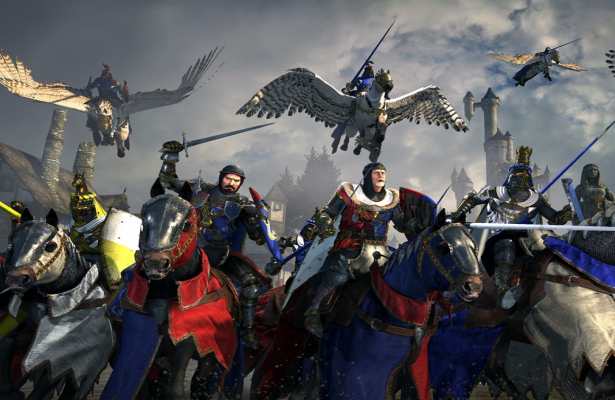
Total War: Warhammer – Bretonnia
Creative Assembly/SEGA
Truth be told, I was always of a fan-from-afar when it came to the tabletop game Warhammer Fantasy Battle. While visiting an RPG gaming store on one of my many geeky excursions, I’d usually end up mingling around the different books and boxed RPG gaming sets, but would eventually turn a envious eye at the Warhammer miniatures and their elaborate set pieces.
While the Warhammer Fantasy Roleplay materials (the pen-and-paper equivalent of Warhammer Fantasy Battle, the board game) were certainly more affordable than the uber-pricy board game stuff, I was never really sold on it. My thinking at the time was: “Make your mind up—do you want to be a RPG game or a board game?”
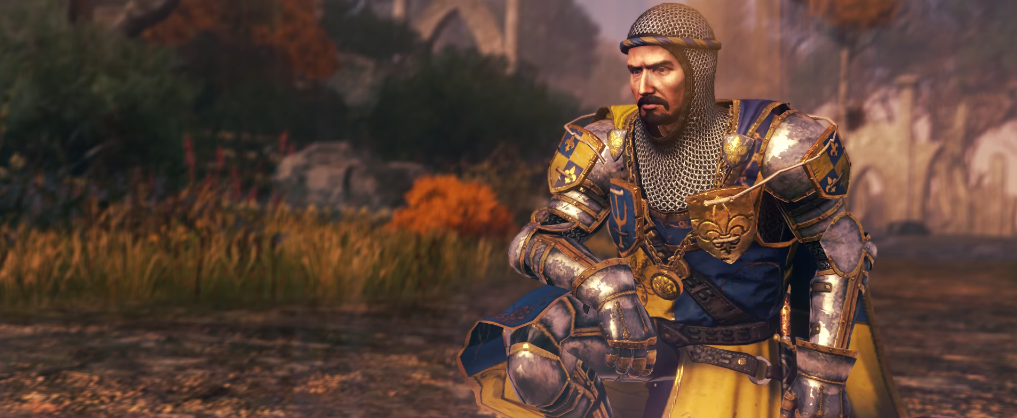
At some point, I ran into a fellow RPG geek whom I hadn’t seen in a while, and he’d just recently purchased a Warhammer Fantasy Roleplay gaming set (3rd Edition). He invited me to play in a campaign that he was running, and that was when I first got a glimpse into the whole Warhammer world.
In stark contrast to the shiny armor, waxed mustaches, and general more upbeat mood of Dungeons & Dragons’ Dragonlance saga, the Warhammer universe was much darker and foreboding. It’s main setting was within the decadent Empire of Man, where both opportunity and peril seemed to be around every corner, and corruption bubbled just beneath the fabric of society. Meanwhile, Beastmen and other horrors haunted the nearby forests, waiting in the darkness to fall upon anyone foolish enough to travel around while scantily protected. And I’ll never forget my fellow players giggling at my look of astonishment, when my character suffered a broken leg he received after engaging in a simple bar fight. Indeed, even WFRP’s combat system was much grimmer and more realistic than its more forgiving Dungeons & Dragons counterparts.
When Sega and Creative Assembly first announced that they were going to be releasing a computer strategy game based on the Warhammer universe, and utilizing the long-running Total War franchise’s mechanics, I was elated. A longtime fan of the Total War series, I was eager to see what the two companies could do with a fantasy-style setting, instead of the usual historical ones they’ve always featured. Oh, and I wouldn’t have to pay an arm and a leg for numerous fantasy miniatures—a slight side benefit.
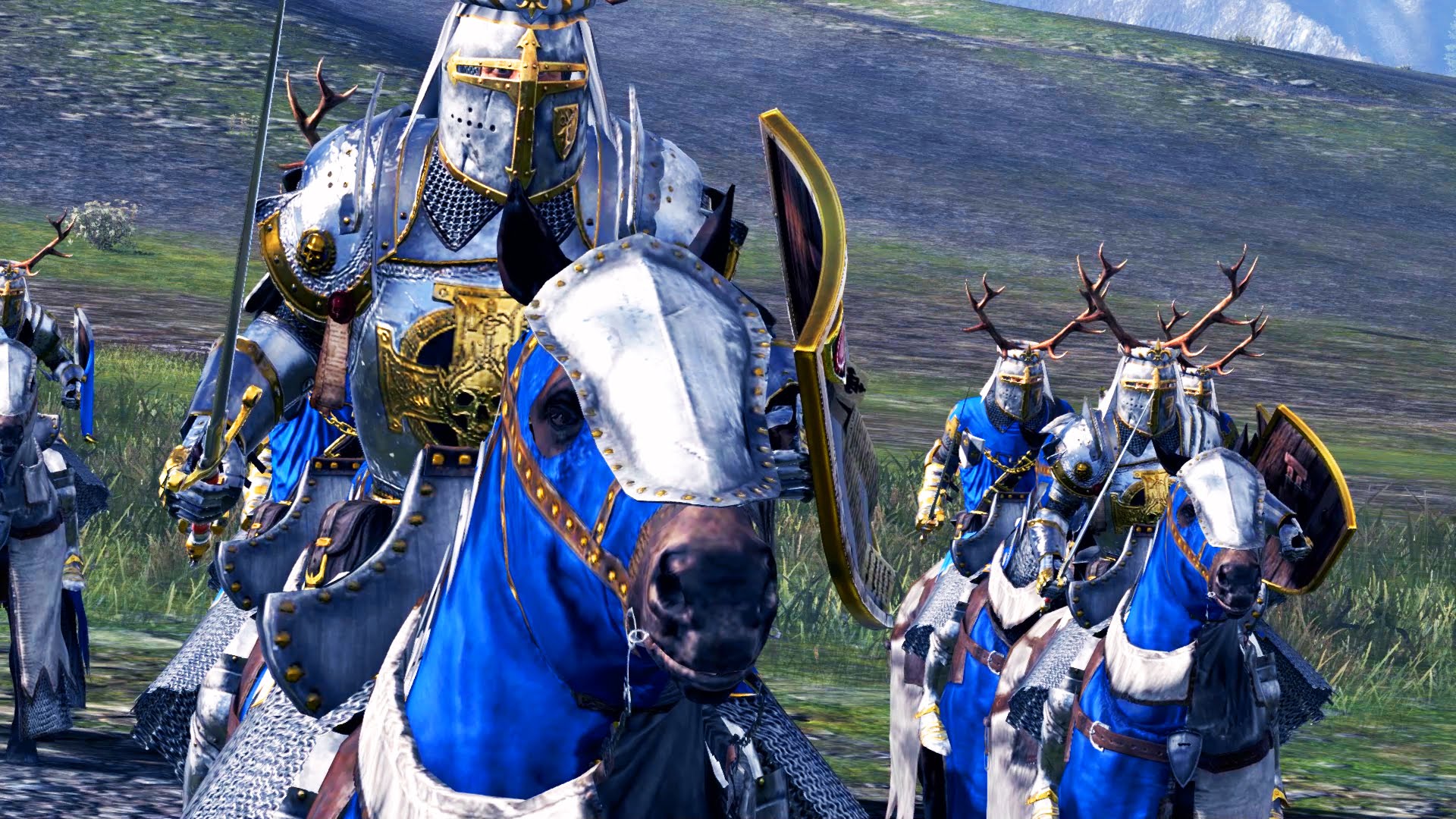
When they finally released Total War: Warhammer last year on the heels of a well-oiled PR campaign that only a triple A gaming publisher could afford, many critics decried what they considered to be a less-than-honest DLC policy. This primarily sprung from the fact that one of the Warhammer universe’s main evil factions, the Warriors of Chaos, would be sold separately as a paid-for DLC instead of packaged within the base game. Since I understood this to mean that Creative Assembly, the game’s developers, wanted to take in more money in order to work on future content for the game, I more or less brushed it off. But legions of irate gamers didn’t.
Well, just last week, the game’s creators released its biggest update yet…and it’s (wait for it)…FREE. That’s right, Bretonnia, the other main human faction besides The Empire, is absolutely free, shutting many detractors of the DLC policy, right on up.
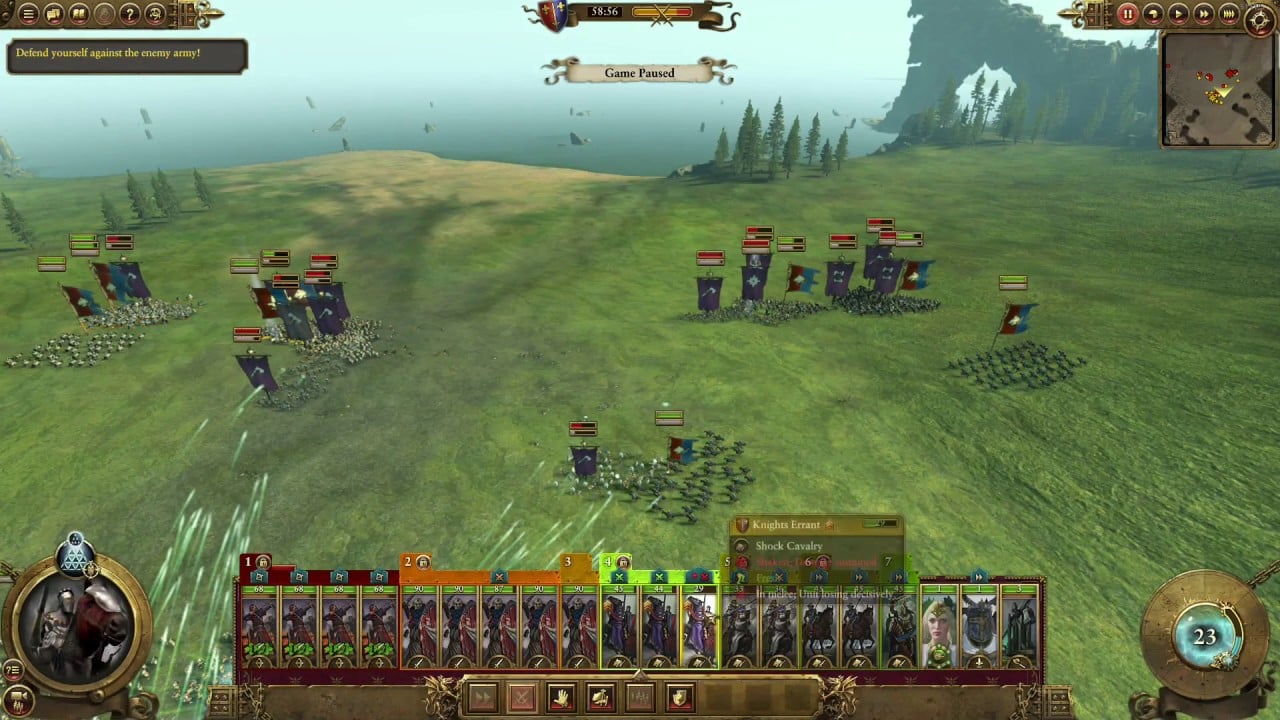
Indeed, I for one was extremely pleased to see another human faction, but was a little apprehensive at first since I hoped that it wouldn’t just be a bunch of re-skins of The Empire’s forces. Well, I’m here to tell you that the good news is that it isn’t at all. And, well, there isn’t any bad news since the faction is free.
Although Bretonnia may have many units that are similar to The Empire’s, there is really only so far you can deviate from the standard human forces formulae. For instance, instead of The Empire’s Swordsmen, with Bretonnia you have Swordsmen-at-Arms. Instead of Crossbowmen you have Peasant Bowmen. In fact, many of Bretonnia’s units seem like low-tech counterparts of The Empires, since they generally eschew technology in favor of anything its nobility considers to be more chivalrous and honorable.
Yes, Bretonnia is all about chivalry and honor, and these play a huge factor in the game. If your forces tend to flee from battles, watch as your chivalry plummets. Accomplish good deeds and stay aggressive during combat engagements, and you’ll enjoy the benefits of having a high chivalric rating—including the Blessing of the Lady. This is because Bretonnian culture is based around worshipping an ancient deity referred to as The Lady of the Lake (similar to Arthurian mythos), whom its nobles can call on in times of great need. Accumulate enough chivalry, and you can even call upon the legendary Green Knight for some serious butt-kicking backup.
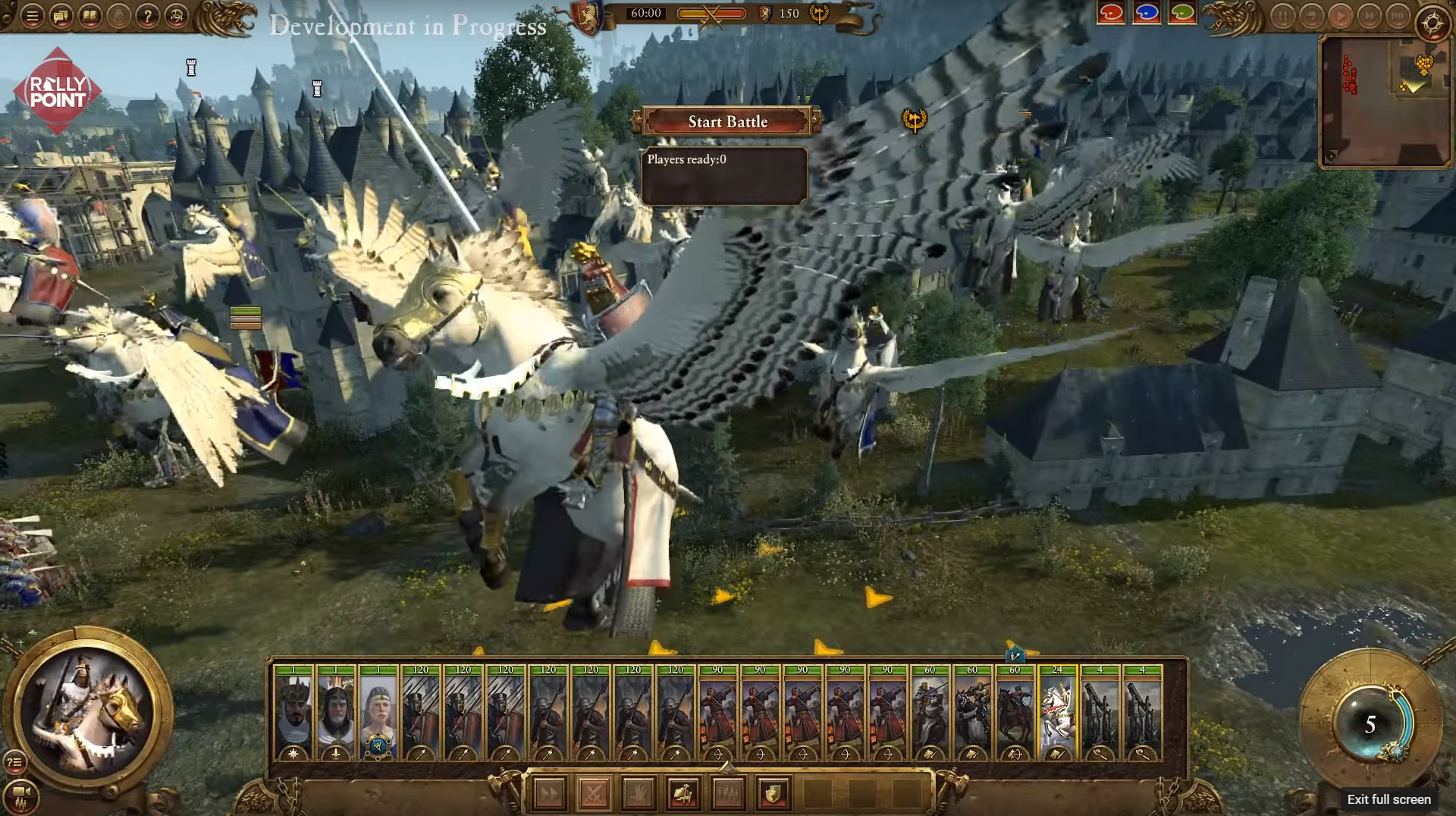
Bretonnia’s forces are mainly based around a powerful knight class, and they have perhaps the best cavalry in the entire game. From intrepid skirmishers to heavy shock cavalry, these elite mounted troops are in turn supported by legions of men-at-arms, as well as the grimy and multitudinous throngs of its peasant class. In fact, Bretonnia’s rigid social structure places the poor, mud-shoveling peasantry directly at the opposite end of the social spectrum from the lofty and arrogant knightly class. Fortunately, apparently due to extensive brainwashing, these unwashed masses can be fielded as glorified meat-shields for the knights. At least until their rather shoddy morale breaks and they go running for the hills.
In all, I found Bretonnia to be a refreshing faction to play as. Their strict code of chivalry is an interesting new mechanic for players to come to grips with, and they also have some fantastic looking units. Now I’m wondering if CA and Sega are going to be fleshing them out more, just as they have with The Empire’s The Grim & the Grave booster pack. Only time will tell.
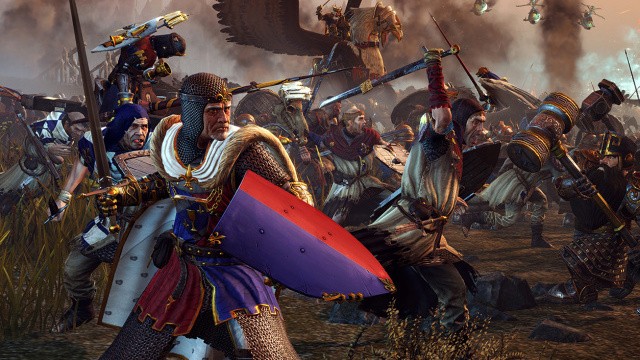
SCORE: 83%